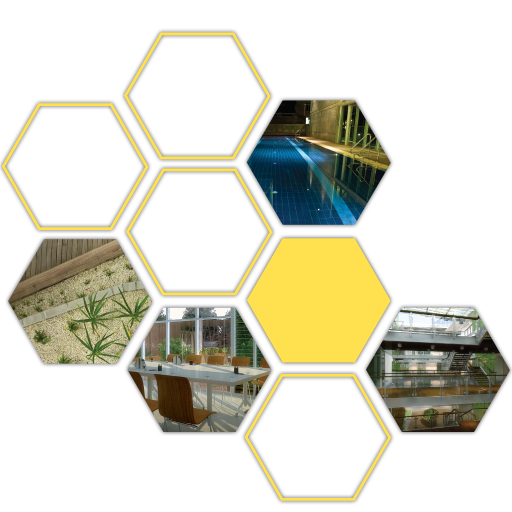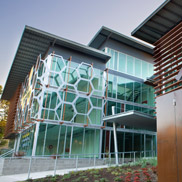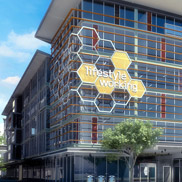equitable sustainable developments
Where, how and when we work is undergoing massive change. In response to those changes, we are witnessing emerging trends which will dramatically impact on the built environment and the workplace as we know it.
Through the Lifestyle Working concept, Stable is creating innovative new workplace environments that lead the way in a response to the challenges of balancing environmental, community, cultural and financial interests, in a world where responsible behavior is a cornerstone of investor, regulatory and employee stakeholder expectations.




